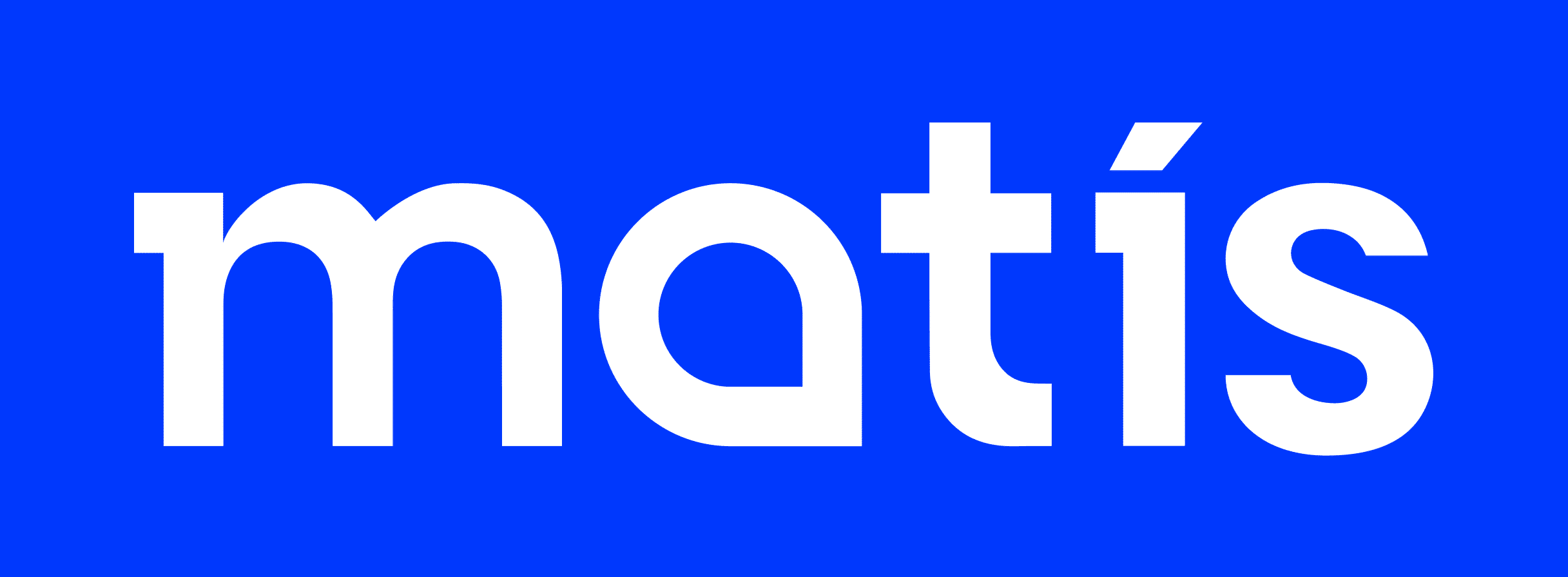Reform of the food value chain. Summary / Improvements in the food value chain. Roundup
It is known that a lot of waste takes place in the food value chain. There are many causes, such as incorrect product management, incorrect handling, broken cooling chain or insufficient cooling at some stage, broken packaging and countless many more. Food producers and retailers believe that such waste can be significantly reduced through the concerted efforts of all those involved in the value chain. In this way, food prices could be reduced significantly. The aim of the project was to identify where in the food value chain shrinkage takes place and to define measures to minimize the waste resulting from the shrinkage. Emphasis was placed on the value chain of one category of food: chilled meat products. Excessive or incorrect production and excess inventory of sensitive products were identified as one of the main causes of waste. Incorrect product handling and logistics are also important. A prototype of an information system was developed to improve production management and reduce inventory costs in the value chain. The results of the project indicate that high-quality and disciplined work methods in the entire value chain and a good flow of information between suppliers and retailers offer enormous potential for optimization, not least in the field of product management.
Great amount of waste is created in the food value chain. The reason is manifold; inadequate logistics, wrong treatment, inadequate temperature management, damaged packaging etc. Food producers and retail belief this waste can be reduced substantially by joint forces of stakeholders in the food supply chain, resulting in lower food prices. The aim of the project was to analyze where in the value chain waste is created and define actions to reduce it. Fresh / chilled meat products were chosen for the case study. The main sources of waste were identified as excessive production and inventory levels of persiable products, improper handling of products and raw material and problems with logistics. Prototype of decision support system was made to improve inventory and production management in the supply chain. The results indicate that elaborate and disciplined practices throughout the value chain and improved information sharing between suppliers and retailers can create opportunities for rationalization, especially in the field of logistics.






